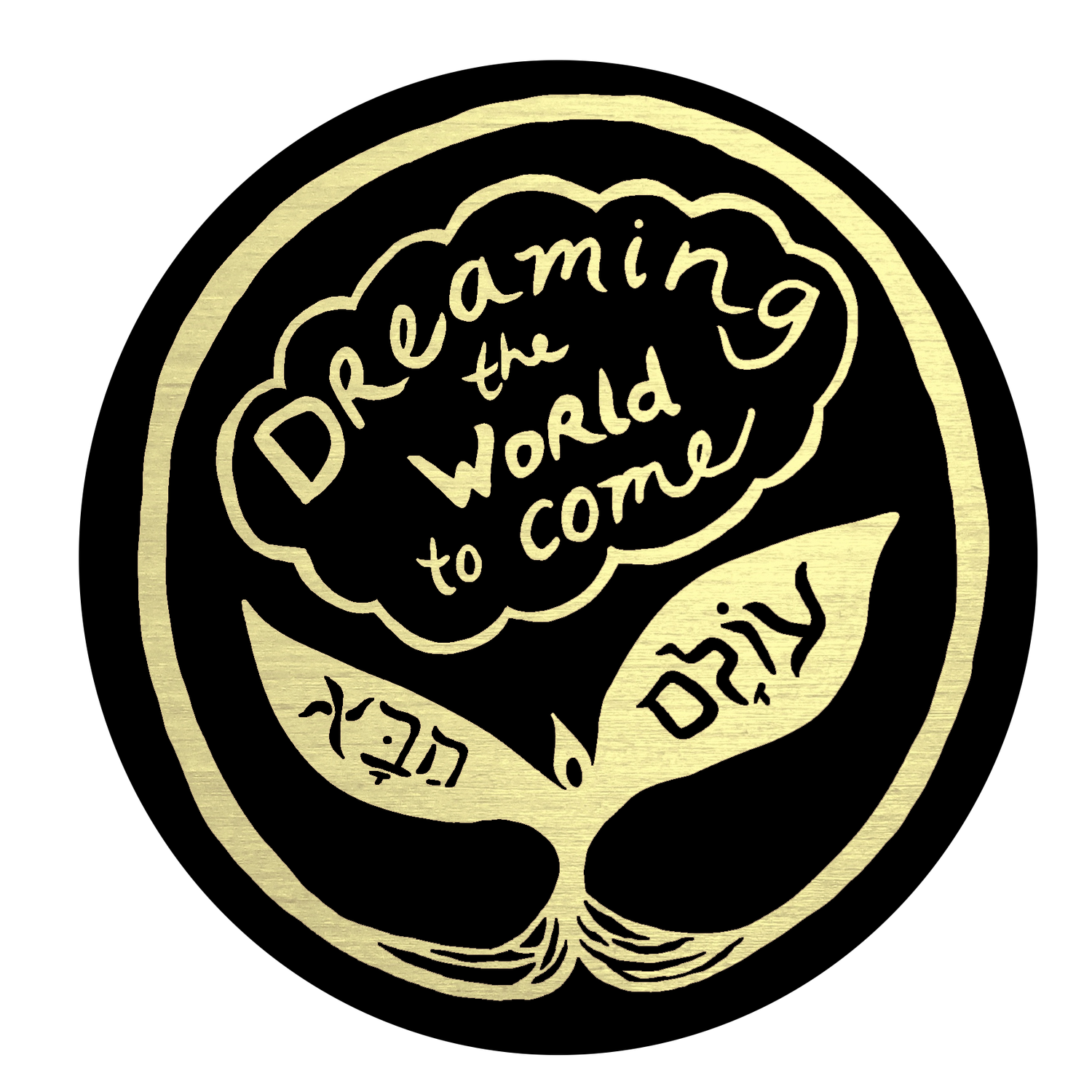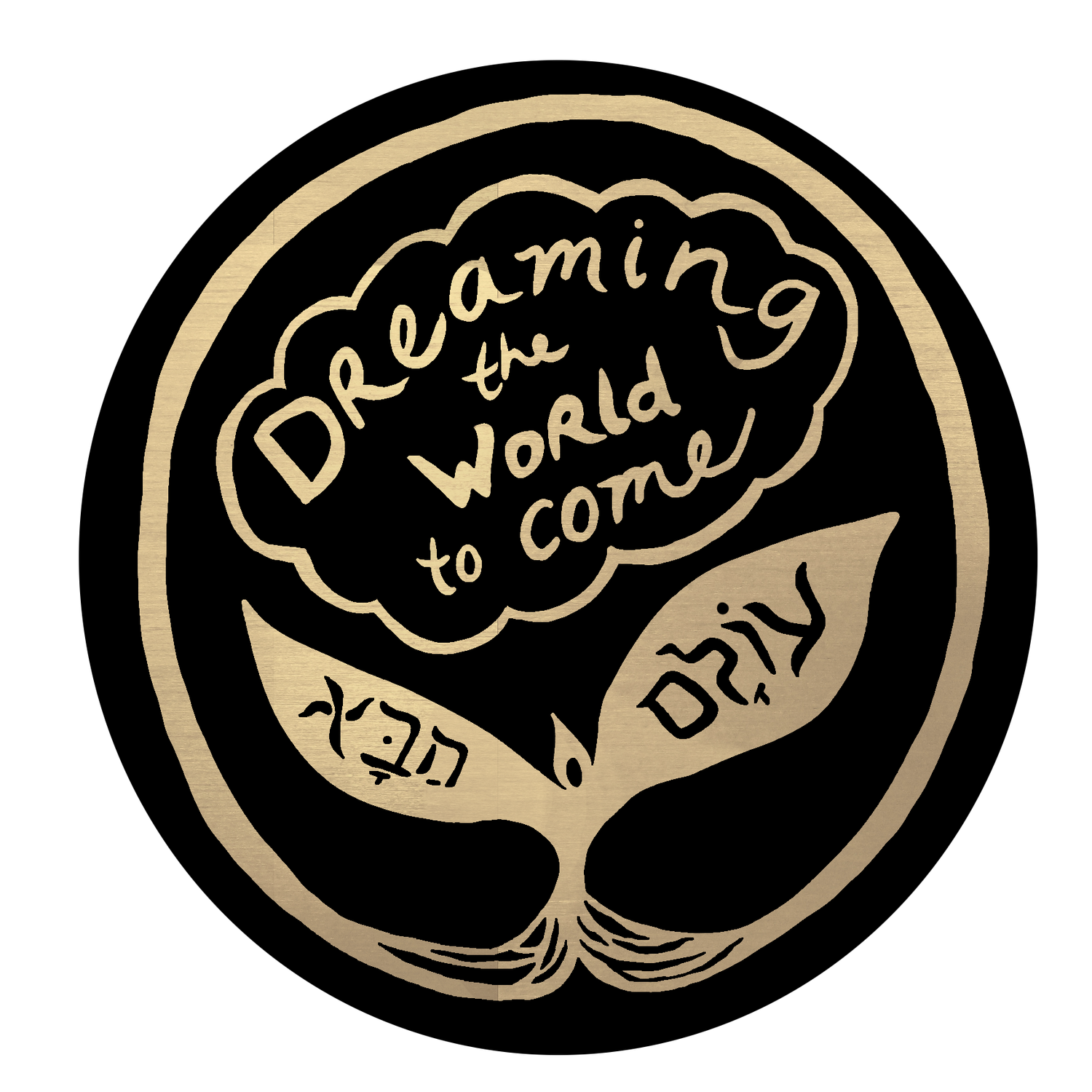Adar ~ Myrtle הדס hadas
Myrtle with their evergreen thick waxy leaves, shaped as eyes, helping us to grow our love for justice. A signature of strength, their flowers mirror the morning star and stamens reach towards them. Like Venus, Ishtar, goddess of love, Myrtle reminds us of the courage it takes to love deeply, to pull others close to us.
Queen Esther, the heroine of the Purim story had another name, Haddassah, named after the beloved Myrtle tree. She was compared to Myrtle because of her commitment to justice and the association of Myrtle with love and sensuality. Myrtle is an evergreen with a great capacity to withstand drought. Because of this they symbolize hope for the livelihood rain brings, immortality and good luck. Because Myrtle stimulates sensuality, boughs were worn by bride grooms and made into perfume. Myrtle was often buried with the dead to assist souls in transitioning. In ancient times bouquets of myrtle welcomed the coming of Shabbat. It was also used during havdalah, the ritual ending shabbat. We know the spice box from this tradition, called hadas. We bring Myrtle to the month of Adar because it is the last month of winter, a time we need the evergreen leaves to awaken our hope for new life. Myrtle reminds us of Esther's courage and the promise of spring love.
To dive deeper into learning about the plants featured in the planner, sign up for Rebekah's class: Torah, Trees & Time.


